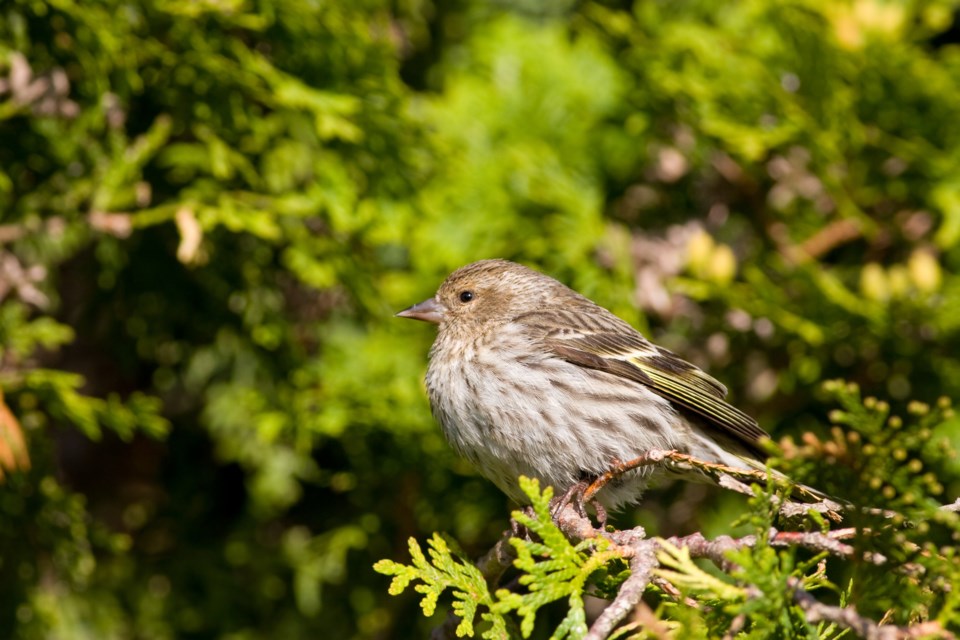Last Sunday was a perfect, sunny, warm, mid-September day and the Sunshine Coast was at its best. We met our guest at 9 a.m. and had the privilege of hosting a birder from Scotland on his first visit to BC. Birding is a worldwide pastime, and the participants are a worldwide community with a common love of observing and identifying birds. It is not unusual to receive a call or an e-mail that a birder will be visiting from Texas or Thailand and can you advise on birding locations or where to find a certain species. Usually, such a request will be met with an offer to accompany the visitor in the field and give them the benefit of local knowledge and expertise. I’m sure this camaraderie is not confined just to birding, but it is an attractive part of the hobby.
So, at 9 a.m. we met our Scottish guest, and with a deadline of three hours, we proceeded to the Sechelt Marsh and then the Wilson Creek estuary, two locations likely to yield a wide range of species in a short amount of time. The biggest cliché in birding is the phrase “Oh, you should have been here yesterday” (or an hour ago, or last week)…so we informed our guest that he was a little late to see the Sunshine Coast’s colourful warblers and drab flycatchers. By mid-September, 99 per cent of these species have already fled south for the winter and their replacements are members of the sparrow family on land, and many species of waterbirds.
Sechelt Marsh and the adjacent head of Porpoise Bay yielded a long list of species including some of the departing summer visitors we had warned our guest he might not see. These included cedar waxwing, western tanager and common yellowthroat. Conversely, we also found a ruby-crowned kinglet, the first report of a species that was returning for the winter. The Marsh and Porpoise Bay also had a variety of returning ducks and gulls.
Driving through Davis Bay, en route to the Wilson Creek estuary, we stopped briefly to add surf scoter, black oystercatcher and Bonaparte’s gull to our list. At the estuary and environs we added common merganser, and both turkey vulture and a single juvenile bald eagle. On a patch of wasteland covered with seedy weeds we encountered a flock of sparrows containing savannahs and Lincoln’s, and the area also produced other seed-eaters such as fox, song and white-crowned sparrows, along with red crossbill, pine siskin and American goldfinch.
At noon, after our allotted three hours, we had accumulated a list of 45 different species.
In the above paragraph I mentioned that we saw a single juvenile bald eagle. As everyone knows, bald eagles are an abundant species on the Sunshine Coast. However, they are virtually non-existent here during the month of September, as almost every bird flies north to wherever the salmon are running. The birds gradually filter back here during October and remain common until next September.
To report your sightings or questions contact me at [email protected] or 604-885-5539. Good Birding.





